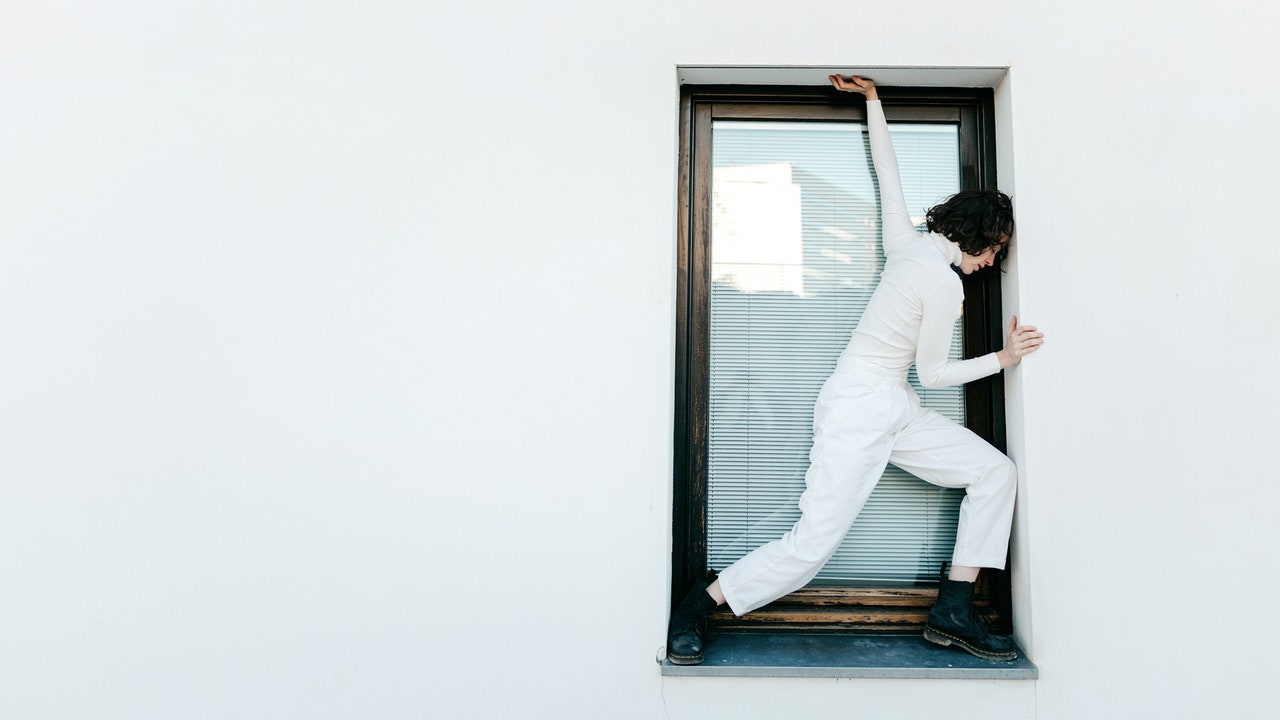Winter depression is not uncommon – here you will find everything you need to know about it.
The days are long, the mood is gloomy: many people feel quite tired in winter and are not in a good mood. This alone doesn’t necessarily indicate winter depression, but it can indicate illness: Winter depression is also known as seasonal affective disorder (SAD) and occurs in the fall and winter – and often again and again.
On the one hand, winter depression manifests itself with the typical symptoms of depression. These include depression, reduced drive, concentration problems, social withdrawal and loss of interest.
Furthermore, according to Dr. Nicola Birninger, senior doctor at the psychosomatic and psychotherapy clinic of the Schön Klinik Bad Bramstedt, however, there are also so-called atypical symptoms that distinguish winter depression from classic depression. “These include carbohydrate cravings instead of loss of appetite and increased sleep instead of difficulty falling and staying asleep,” he says.
Women are the ones who suffer from winter depression
Especially women suffer from winter depression. “Statistically they are three to four times more likely to be affected by winter depression than men,” says the expert. “The further the place of residence is from the equator, the more often winter depression occurs in the population.” According to the expert, in Germany it is assumed that 10 to 20% of the adult population suffers from mild winter depression and another 5% from severe winter depression.
Additionally, winter depression can affect people of all ages. “Young adults are at the highest risk, but children and older adults can also suffer from winter depression,” Birninger says. The average age at onset of the disease is 23 years.
Melatonin as a factor
There is no single cause or trigger for winter depression, but rather several factors combine. Research has not yet definitively clarified what they are. However, an excess of melatonin, a deficiency of serotonin and possibly also a deficiency of vitamin D are suspected to play a role in the disease.
In autumn the days become shorter and daylight decreases: the sun not only rises later and sets earlier than in summer, but it is also lower in the sky. “The longer darkness outside leads to an increased release of melatonin in the body,” says the expert. This causes, among other things, tiredness, irritability and listlessness.
Stress and heredity as factors
Furthermore, tryptophan is necessary for the increase in melatonin production and consequently there is less of it available to produce other substances such as the messenger serotonin. “Serotonin causes positive mood and well-being,” says the doctor. Stress, both at work and in private life, can also promote mood swings and winter depression. “A possible hereditary component of susceptibility to winter depression is also being discussed,” Birninger says.
Symptoms of winter blues begin in the fall
Winter depression occurs when symptoms persist for at least two years, depending on the season. “Symptoms begin in the fall and last until spring, unless specifically treated,” the doctor says. Current treatment guidelines recommend light therapy for depression that follows such a seasonal pattern. “About 60 to 90 percent of patients benefited from light therapy after about two to three weeks,” says Birninger.




